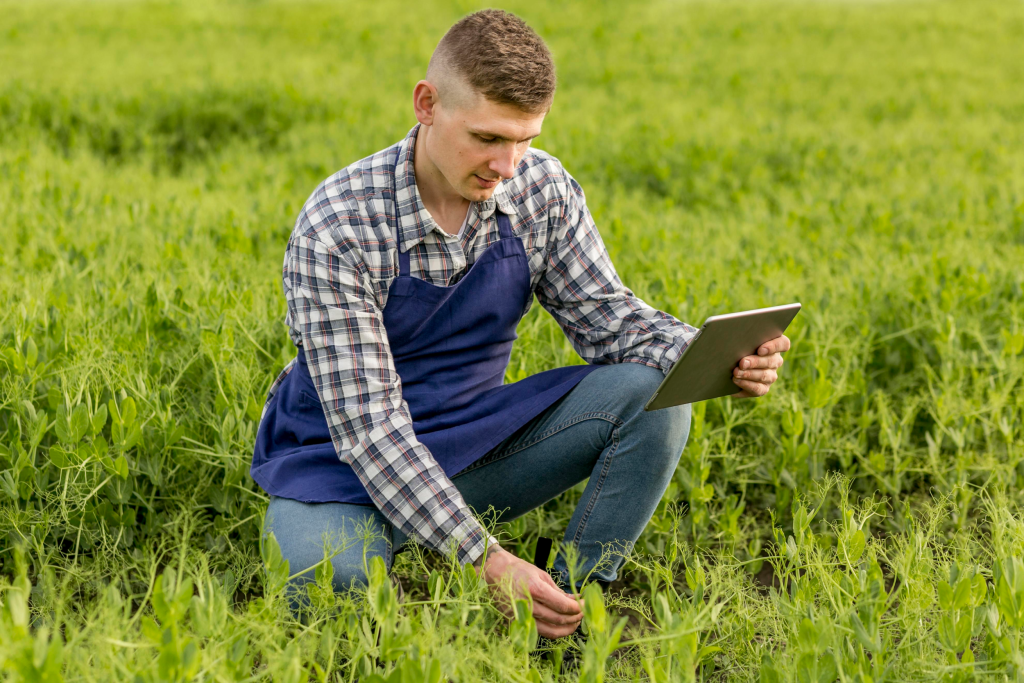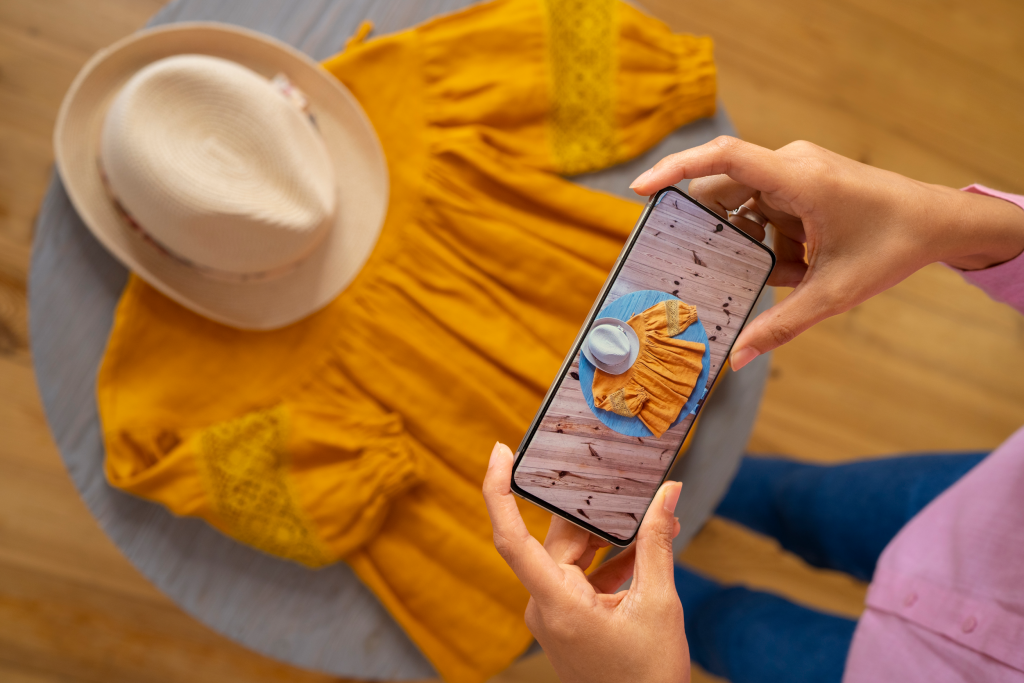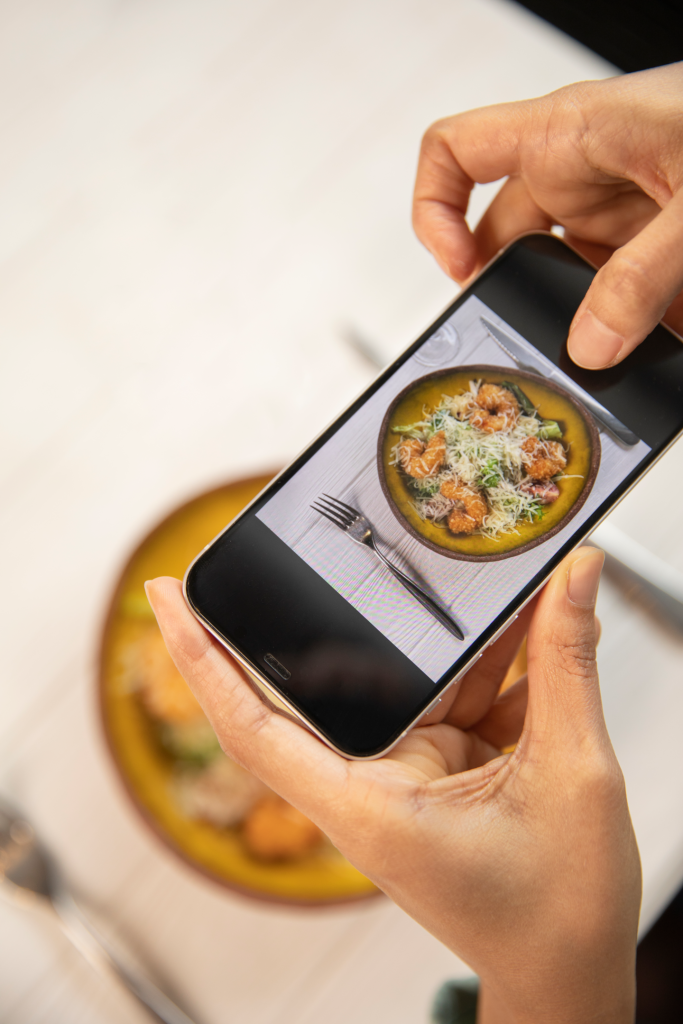Improve Customer Experience Through QR Codes: Practical Applications Across Retail Industry

The integration of dynamic QR codes with Augmented Reality, product catalog, product description pages, or more advanced Artificial intelligence platforms can push the boundaries of interactive customer experiences. By the incorporation of QR codes, businesses can address the major customer pain points, improve the customer experience, derive comprehensive insights, and most importantly foster greater brand loyalty and recognition.
Imagine using your smartphone to evaluate a product in 3D or imagine a Virtual Assistant powered by a conversational AI platform which can guide through your shopping experience in real time about various facets like size, pricing, or return policy. These pieces of technology can make the end to end customer journey hyper personalised, with high customer engagement, informative, and more importantly, an enjoyable customer experience
A QR code can significantly enhance the customer’s journey , highlighting the diverse ways businesses can use QR codes , ranging from driving traffic and collecting data to gathering product reviews post purchase. The QR codes are generally placed on the product itself or the shelves in the retail stores. Sometimes the QR codes can be placed at some strategic places within the store premises.
Here are some examples of QR code implementation to access product information in various retail domains
1. Food Industry: Traceability and Ingredients information visibility
Application: Farm-to-Table Traceability
In the food domain, QR codes bring in a visibility window of the food product’s journey from farm to table. For instance, QR code on organic vegetables can provide information about the farm’s location, agricultural products, processes, verification details and best practices for storage. Additionally, QR codes can also be used to provide digital menus, and to enhance the dining experience by offering access to food menu items and nutritional information.

Advantage of using QR code in food industry
Integrating QR codes into product packaging or in-store setups improves transparency, brings in an element of trust, and influences the customer journey in the buying decision-making of customers who are interested in organic or sustainable products.
Example
The company “Whole Foods Market” uses QR codes technology on some of their products to provide detailed trackability information from the sourcing stage till it reaches the customer .
2. Health Sector: Transparency via QR codes
Application: Supplement Information in detail
Health products like supplements, are complex to understand and know in detail. QR codes on some supplement packaging can be linked to detailed product ingredients with information on its source , safety standards , clinical certifications, suggested dosage, and detailed instructions.
Advantage of using QR codes in Health Sector
Customers can trust the supplements more as they can be sure that the supplements meet their specific dietary needs. Additional factors like scientific certifications, are especially useful for health-conscious customers
Example:
GNC uses QR codes on their flagship supplements to direct its customers to a webpage with detailed product ingredients, usage guidelines , and scientific rationale to back the formulations of the supplements
3. Furniture Retail business: Customisation options and Assembly Guidelines to improve customer satisfaction
Application: Seamless access to furniture assembly videos
Furniture retail companies use dynamic QR codes to simplify the post-purchase customer experience during the product assembly stage by linking the assembly instructions videos. This is a much more engaging shopping experience and provides better engagement in comparison to the erstwhile paper manuals and also offers real-time and visual-led stepwise guidance. Dynamic QR codes offer engaging experiences by linking to assembly instruction videos, and directly improving customer satisfaction.
Advantage of using QR codes in Furniture Retail
Improves the assembly experience by offering instant access to more engaging videos in a stepwise manner. This directly reduces the assembly time and ensures customers have a satisfactory and more engaging experience.
Example:
IKEA uses QR codes on the packaging of their Do it Yourself furniture products . These QR codes guide the customers directly to assembly manuals and video guides . Such an experience allows the customers to visualize the assembly steps and considerably reduces the assembly time
4. Clothing Business: Style Guides and Origin Information to improve customer experience
Application: Interactive Style Guides
Apparel retailers use QR code technology directly mapped to the garments or printed on the price tags. These QR codes offer styling tips to the customers and can also share origin information of the product , and information on sustainability practices adopted during the manufacturing of the product
Advantage of using QR codes in Clothing Business
QR codes elevate the customer experience by providing styling information and suggestions . Such QR Code integration with style guides can reduce returns by the customer owing to dissatisfaction with the brand styling information

Example
ZARA has deployed QR codes technology , through which QR codes are attached to the product tags . The customers can scan the attached digital QR codes to watch model videos showcasing different ways to style the garments.
Secondly QR codes can also be linked to additional information about fabric care best practices , or product bundling suggestions
5. Beauty Business : Tutorial Videos to improve customer experience
Application: Detailed Tutorial videos on how to use the products
Beauty products have a steep learning curve and QR codes implementation on the product packaging can be integrated with tutorial videos to guide the customers on how to use the products effectively.
Advantage of using QR codes in Beauty Business
Improves product adoption and customer satisfaction as customers are able to use the product in the right way and subsequently achieve the desired results.
Example
The beauty industry behemoth : Sephora offers QR code technology on the cosmetic products which allow the customers to scan and view makeup tutorials
6. Personal Care industry : Ingredient Details and Certifications to improve customer experience
Application: Ingredient Details and Certifications
Personal care products like shampoos and lotions, can contain various blends of ingredients. QR codes technology on such products can provide detailed information about each ingredient’s usage , objective and proposed benefits.
QR codes can also be used to share information about the product certifications like dermatologist tested, cruelty free and hypoallergenic
Advantage of using QR codes in Personal care industry
Facilitates the customers to make informed decision making based on allergies, ethical reasons, or personal choices
Example :Aveeno uses QR codes on the product tags which gives detailed information related to the benefit and source of each ingredient of the product, along with scientific certification badges the product has
7. Grocery Retail Business : Nutritional Information and Recipe to improve customer experience
Application: Detailed Nutritional Data and Recipe Suggestions
Grocery stores place QR codes on the food grocery items. These digital QR codes can be scanned to provide nutritional information, potential allergens information , and even quick recipe suggestions which include the scanned item as an ingredient. Additionally, QR codes can ensure that customers have access to loyalty programs, by offering tailored discounts , offers and rewards based on their previous purchases, thereby improving customer loyalty and experience.
Advantage of using QR codes in Grocery Retail
QR codes provide a solution to enhance the customer experience by offering full transparency about the nutritional information of each food ingredient. This QR code technology improves workflow efficiency and also improves the customer experience by offering more personalized and engaging experiences.
Example
Kroger utilizes QR code technology on product shelf tags for various products. These QR codes are linked to a landing page which features nutritional information, allergen details, and food recipes incorporating the product as an ingredient.

8. Luxury Goods: Verification of Authenticity to improve customer experience
Application: Authenticity and Ownership Proof
Luxury retailers usually employ QR codes to tackle the problem of counterfeiting. A QR code scan can verify the authenticity of an item, and even register ownership. Additionally, QR codes can facilitate mobile payments, and can enhance the shopping experience by offering a seamless, secure payment option.
Advantage of using QR codes in Luxury Retail
QR codes serve as a valuable tool to provide a seamless way to establish the authenticity of high-value and limited edition luxury items , and as a result , have a direct impact on the resale market, where the proof of authenticity can significantly increase the luxury item’s price.
The luxury watch player – Rolex includes QR codes in their watch cases. The buyers can scan these digital codes to verify the watch’s authenticity directly through Rolex’s official verification page. The customers can register the ownership of the product for future warranty and services.
Conclusion
The QR code technology can enhance the customer experience by offering seamless and readily linked product information for various use cases like ingredient details , source trackability , establishing authenticity or just for enhancing consumer experiences .
As the adoption of QR codes percolates further , we expect the QR codes to become a necessity in the retail domain to provide product information.
Experience the QR Code technology and start your free trial today !!